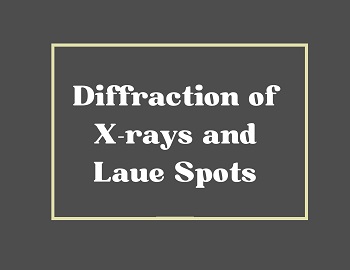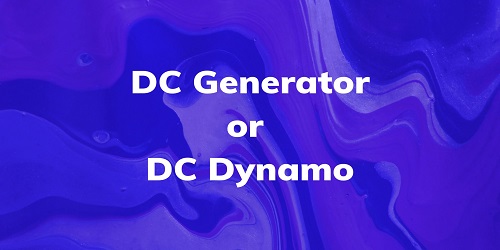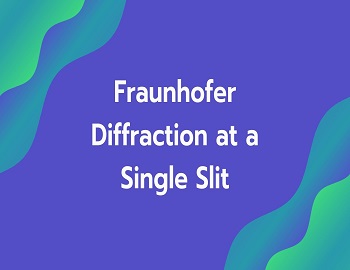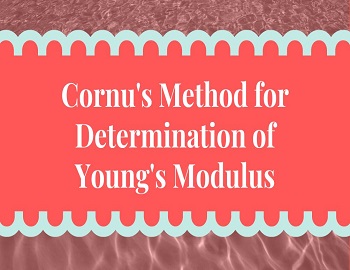Absorption and Transmission of EM Radiation Through Atmosphere:
The Earth is surrounded by a blanket of air known as the atmosphere. The air of the atmosphere thins out as we go up. The upper portion of the atmosphere is so much rarefied that under the action of solar radiation, it is partly ionized. The composition of the atmosphere as well as its physical properties are different at different heights. The atmosphere is, therefore, divided into several layers with no sharp boundaries. These layers are known by various names. For example, the upper-most region containing a large number of electrons and positive ions is known as the ionosphere, the region between 50-80 km in which ozone is confined is known as the ozone layer.
The atmosphere absorbs ultraviolet light (1nm – 0.4 μm). The ozone layer is largely responsible for UV absorption. The ozone layer, therefore, effectively protects us from the harmful UV and other radiations coming from the sun.
The atmosphere is quite transparent to visible light (0.4 μm – 0.8 μm) and it also allows the near-infrared radiation (≅ 1 μm) of the sun to pass. Our earth gets heated up by absorbing these radiations. It, therefore, like any other hot body starts emitting radiations. However, the Earth is much cooler than the sun so its radiation is in the far infrared region (≅ 10 μm). The lower layers of the atmosphere and clouds do not allow the infra-red radiation emitted by the earth to escape although they do allow infra-red radiation and visible light coming from the sun to pass. This selective transmission and reflection of radiation due to different wavelengths is responsible for keeping the earth warm and this phenomenon is known as the greenhouse effect.
The ionosphere plays an important role in the propagation of electromagnetic waves.









Comments (No)